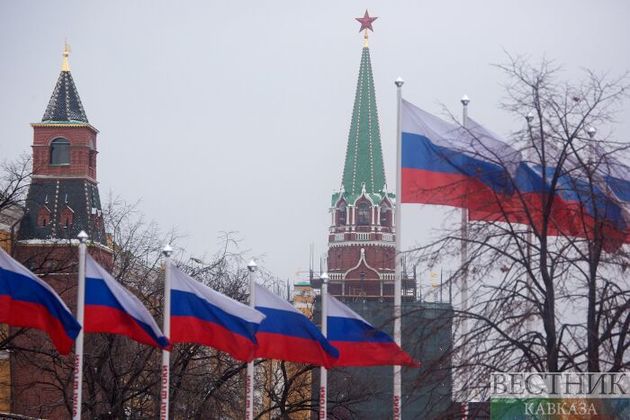Russia marks National Unity Day
Read on the website Vestnik Kavkaza
Today Russia celebrates the National Unity Day. By tradition, on this day is marked with various cultural festivals, concerts, flash mobs, sports relay races all over the country, but this year these activities were canceled due to the coronavirus pandemic.
The Unity Day is one of the youngest national holidays. It was established in 2005 replacing the Day of Consent and Reconciliation, which had been celebrated on November 7 (formerly Revolution Day) since 1996. It marks the events of 1612 when people’s militias led by Kuzma Minin and Dmitry Pozharsky liberated Moscow from Polish invaders.
Historically, the holiday marks the end of the Time of Troubles (1598-1613), which comprises the years of interregnum, the Polish-Muscovite War and a deep social and economic crisis, and symbolizes the unity of people and their ability to unite during the difficult time.
Russian President Vladimir Putin and members of youth organisations laid flowers at the monument to Kuzma Minin and Dmitry Pozharsky in Red Square.
After the ceremony, the President was given a bell ringing presentation from Spasskaya Tower clock. Restoration work has been taking place on the belfry since 2017. The Spasskaya Tower clock and chimes were stopped in the early hours of October 9 in order to install and fine tune the new bells. The chimes will resume on National Unity Day. The bells will continue to ring out the Anthem of Russia and Glory, but using a new full-octave.
After that, Vladimir Putin visited the new Museum of Archeology at Chudov Monastery, which was created on the site of the 14th Moscow Kremlin Corps, which was dismantled in 2016. The new museum space was organised in the basement of the former administrative building, where researchers from the Institute of Archeology of the Russian Academy of Sciences have unearthed unique cultural deposits and remains of buildings dating back to the 12th – early 13th centuries when Moscow was coming of age and fragments of monastic buildings of the 14th – 16th centuries, which are monuments of early Moscow stone architecture.
It was decided to display these finds in a museum, in connection with which the President ordered, in the summer of 2016, to create a subsurface museum complex.